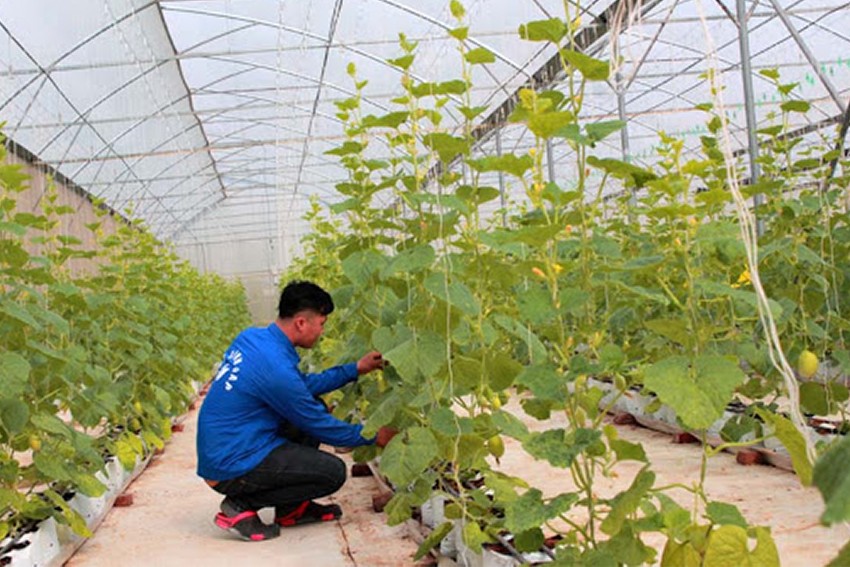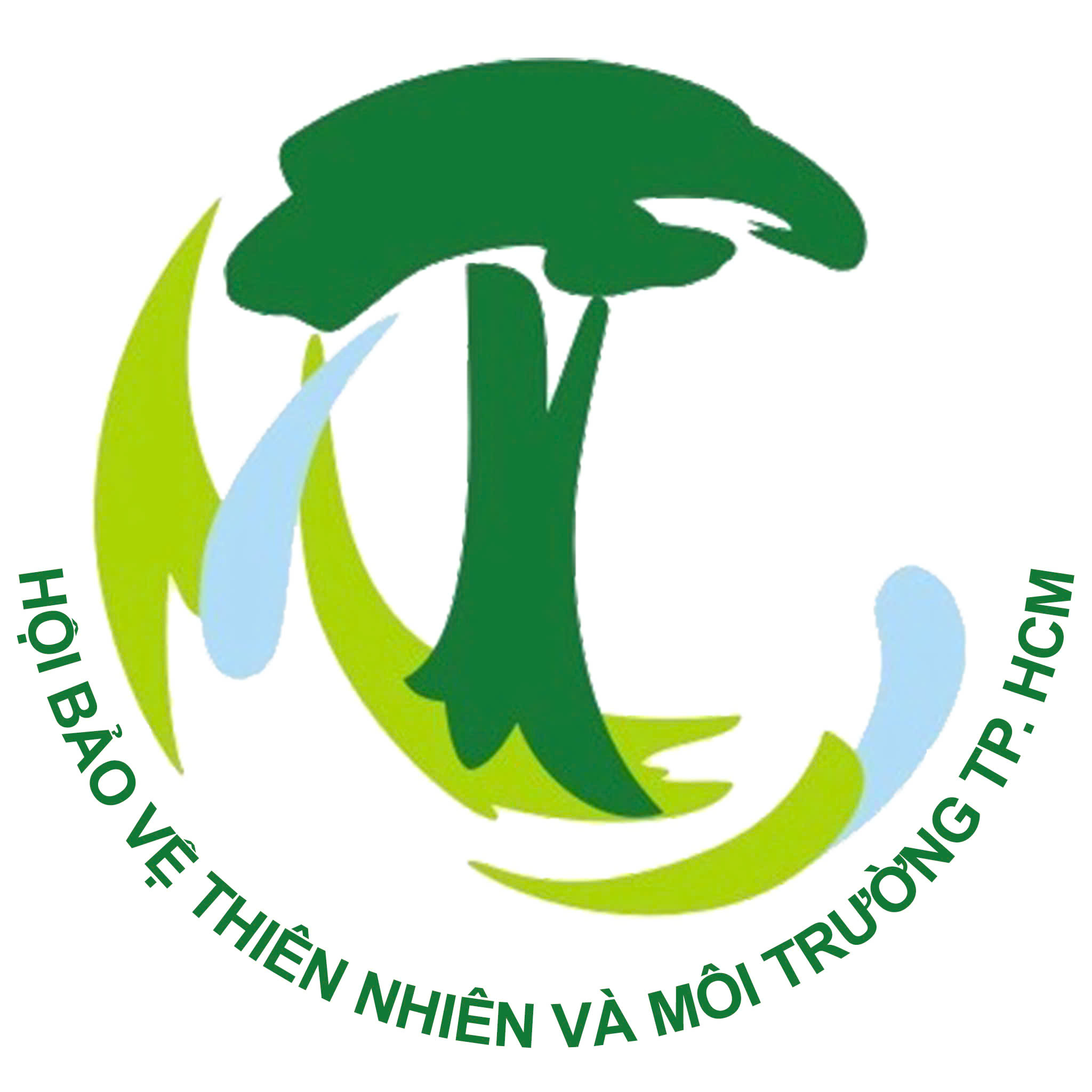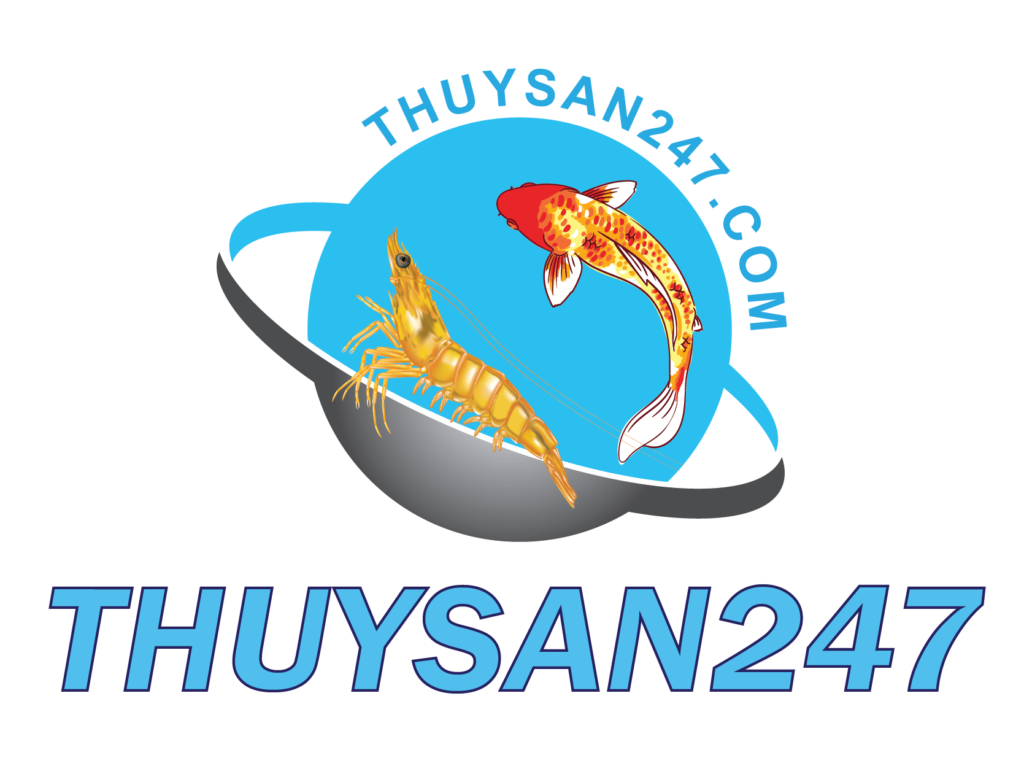Implement Conclusion No. 54-KL/TW dated August 7, 2019, of the Politburo on continuing to implement the Resolution No. 7 of the Xth Central Committee on agriculture, farmers and rural areas and Resolution No. 01/NQ-CP On January 1, 2020, of the Government on the main tasks and solutions to implement the socio-economic development plan and the state budget estimate in 2020, the Prime Minister has just promulgated a plan to restructure the industry. agriculture in the period of 2021 - 2025.
The overall objective of the Plan is to continue restructuring the agricultural sector towards sustainable agricultural development, improving the quality, added value, and competitiveness of agricultural products; environmental protection, ecology; increase income for people in rural areas; ensure food security and national defense security. Promote the development of modern agriculture, clean agriculture, organic agriculture, associated with the development of agro-processing industry, adaptation to climate change, and sustainable connection with the global agricultural product value chain.
Specifically, by 2025, the growth rate of the added value of the agricultural sector will reach an average of 2.5-3% per year. The growth rate of labor productivity in agriculture, forestry, and fishery (agriculture) average 7-8%/year.
The percentage of the value of agricultural, forestry, and fishery products (agricultural products) produced in the forms of cooperation and association reaches over 30%; the percentage of the value of agricultural products produced by good or equivalent production processes is over 25%; the rate of value of agricultural products applying high technology is over 8%/year; The growth rate of agricultural export turnover is about 5% per year on average.
The proportion of agricultural laborers in total social labor decreased to about 25%; the rate of trained agricultural laborers reaches over 55%; over 80% of agricultural cooperatives operate effectively; income of rural residents increased by at least 1.5 times compared to 2020.

The structure according to 3 product groups
One of the tasks up to 2025 of the Plan is to structure it into three product groups: National product group; key product groups at the provincial level; a group of local specialties.
In particular, the group of national key products, focusing on investment and development in the direction of concentrated and large-scale commodity production, associated with the agricultural product processing industry in the form of sustainable value chain linkage. Prioritize investment resources to promote synchronous mechanization, application of science and technology, building value chains associated with quality management systems, food safety, traceability, and commercial development. national brand. Strengthen regional and industry linkages for investment and development of national key products; promote international cooperation and trade promotion activities, develop markets in order to remove trade barriers and promote exports.
With the key product group at the provincial level, the localities, based on their advantages, specific conditions, and market needs, have mechanisms and policies to prioritize investment resources for the development of key agricultural products at the provincial level. Promote production according to good and equivalent production processes, meeting standards and technical regulations on food safety and environmental protection; enhance processing to diversify products, develop products with geographical indications and clear traceability.
For key products at the provincial level with potential for large-scale development, strengthen linkages between localities to create concentrated commodity production areas, apply mechanization associated with the development of the agro-processing industry. have policies, solutions, and resources to expand the scale, quality, and brand of products to add to the group of national key products when eligible.
Local product groups: Focus on implementing mechanisms, policies, and solutions to improve product quality, production organization capacity, step by step approach to sustainable markets along the product value chain associated with One Commune One Product Program (OCOP); Prioritize the development of advantageous products in order to promote the identity, arouse the potential, creativity, and pride of the people, promote the organization and ensure the value of the community in the development of OCOP products. associated with new rural construction, especially developing the model of community-based tourism in rural areas.
Finishing products according to standards, technical regulations, packaging, labels associated with traceability, local brands, and trademarks; increasing the application of digital technology in product management and trade to gradually promote the OCOP Vietnam brand in the domestic market and towards the export market.
Restructuring production by sector
Another task of the Plan is to restructure production in each of the following fields: cultivation, animal husbandry, fisheries, forestry, and salt production.
In which, restructuring production in the field of cultivation towards reducing the proportion of production value of food crops to about 35%, short-term industrial crops to about 2.1%, and perennial industrial crops to about 14 .5%, increasing the proportion of fruit trees to 21% and vegetables to 17% to meet the market's consumption demand, contributing to ensuring national food security in the new situation.
Changing the structure of livestock herds, aiming to reduce the proportion of pigs, increase the proportion of poultry and herds of cattle. By 2025, the output of carcasses of all kinds will reach from 5-5.5 million tons. To develop animal husbandry in the direction of the industry, applying high technology, circulating livestock at both the scale of farms and professional livestock households, ensuring biological safety, disease safety, and environmental friendliness.
Promote regional linkages in sustainable agricultural production development among localities in order to exploit the advantages and potentials of each region and each locality: Northern midland and mountainous region; the Red River Delta; the North Central region; middle South coastal; Highland; Southeast region; Mekong Delta region.
source: http://baochinhphu.vn/Chi-dao-quyet-dinh-cua-Chinh-phu-Thu-tuong-Chinh-phu/Phat-trien-nong-nghiep-ben-vung-nang-cao-chat-luong-gia-tri-gia-tang/424366.vgp
 English
English
 Vietnamese
Vietnamese








